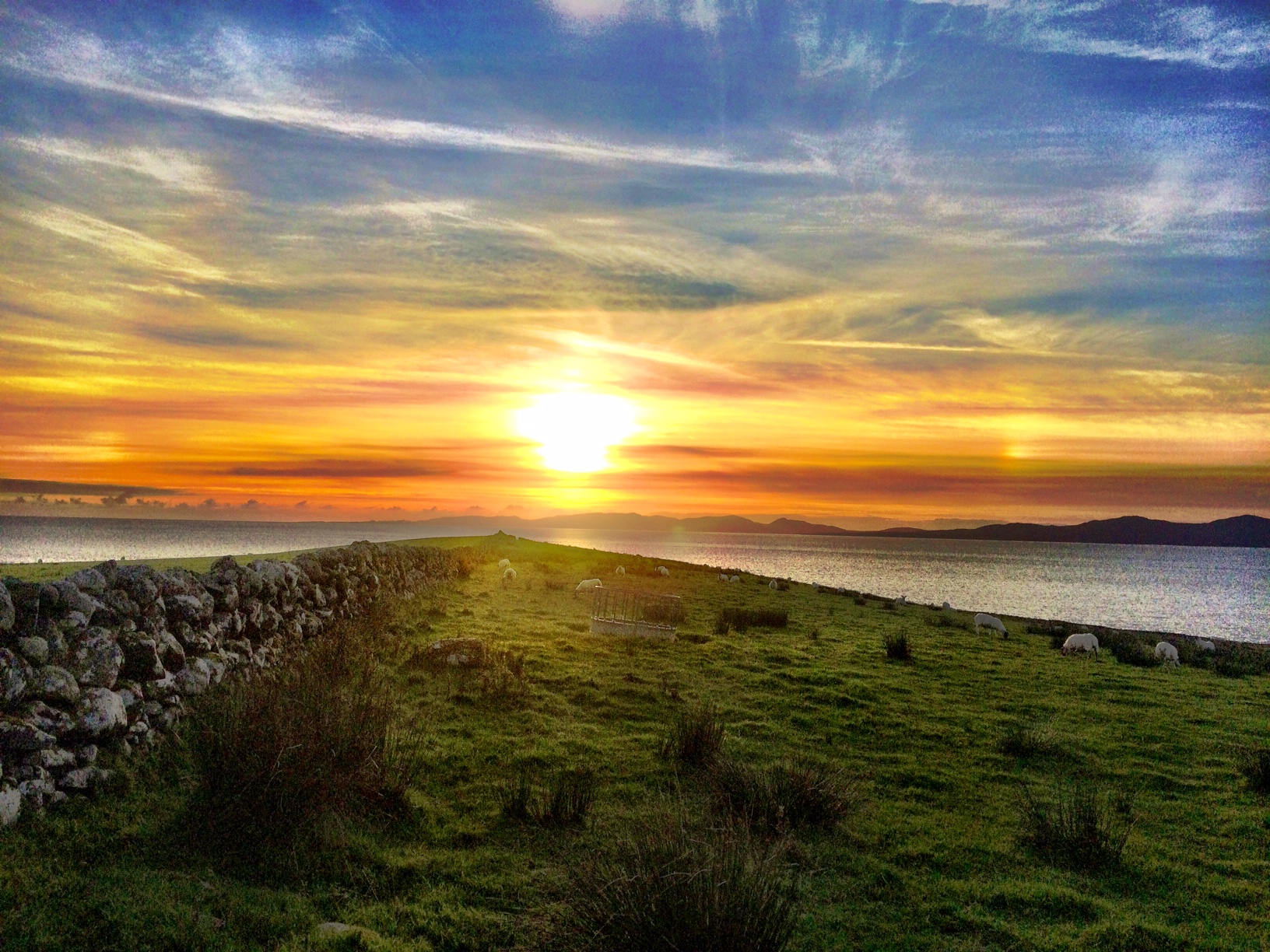A good page on Wikipedia about current thinking behind low-carbohydrate diets. The Paleo diet that I’m following is not strictly a low-carb diet (and not a diet in the normal sense of ‘weight loss’ although it is one of the benefits), as the carb levels are about twice what would be expected on a low-carb diet. However, I got to here after reading about ketosis which is where the body starts converting fat to energy in the absence of sufficient glycogen in the liver. Glycogen is normally stored by the rapid conversion of dietary carbohydrate.
Today I’ve been feeling tired, a bit like I was last weekend, and was looking for an explanation. Ketosis is something that people do say they experience when adjusting to the Paleo diet, often as a result of a distinct smell when urinating (if you must know). The fatigue could therefore be related to low glycogen levels. The above Wikipedia page refers to evidence that ketosis is something that is normal for the human body, but often we don’t experience when consuming a high-carb diet, as it never gets triggered except after prolonged exercise.
This is all going to be interesting come this weekend when I will be cycling 50 miles a day for 3 consecutive days. Glycogen depletion leads to what cyclists (and runners etc) term the ‘bonk’, where you can feel very fatigued, nauseous etc. I’m going prepared with plenty of high-carb remedies should it happen, but one benefit of going Paleo is that you help condition your body to rely on ketosis instead of carb consumption, and thus get rid of excess fat. Obviously there is only so far you can go with that, but given that my body weight is still clinically defined at the upper end of ‘normal’, I still got plenty of reserves.



